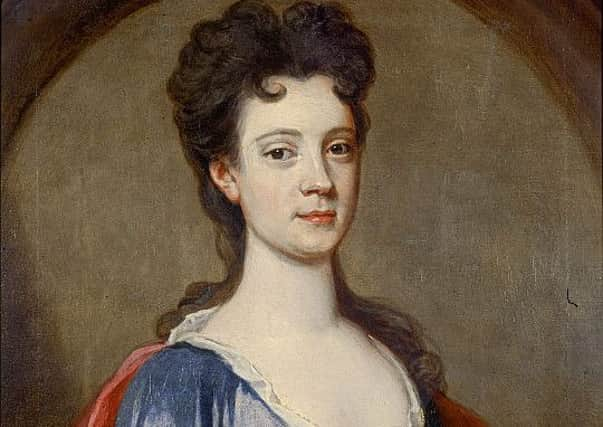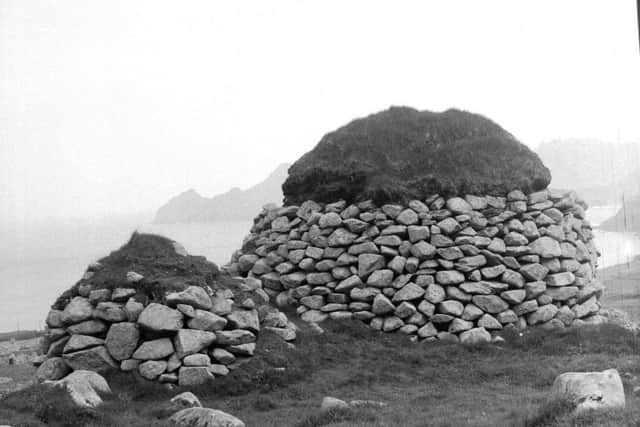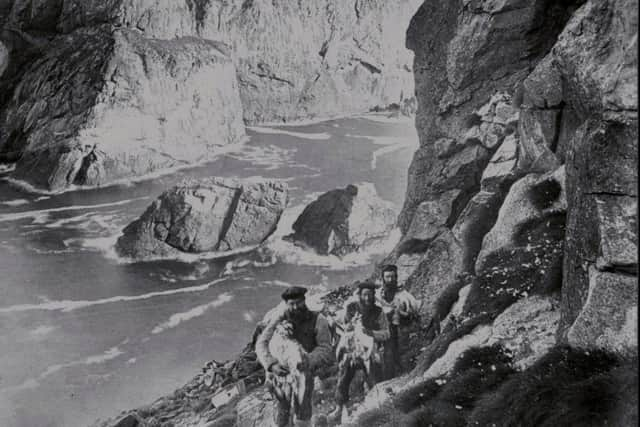The harrowing story of the prisoner of St Kilda


The daughter of a convicted murderer, Rachel Chiesley had an unusual upbringing.
She was born the child of John Chiesley of Dalry who was convicted of murder and publicly hanged for his crime in the city when she was just ten years old.
Advertisement
Hide AdAdvertisement
Hide AdRaised as one of many children, Rachel Chiesley met her future husband James Erskine – just six months her junior – in the early 1700s, marrying him in 1707 as the Act of Union formally bound Scotland and England, becoming Lord and Lady Grange.


They made “unlikely bedfellows” – she allegedly keeping a razor blade under her pillow to remind him of her volatile nature and that she was the daughter of a murderer; he apparently forced to marry her at the point of a gun owing to a pregnancy out of wedlock.
The life of Lady Grange – born in Edinburgh in 1679 – is a tale of such scandal and drama that it reads almost like a work of fiction, but it is the true, sorry story of the demise of woman at the hands of her husband, thought too unruly, opinionated and shameful to live with dignity as the wife of an Edinburgh MP and law lord.
An outspoken woman for her time, and prepared to fight for her principles, Lady Grange was angry at her husband’s infidelity and at her lack of power in her own household, but in the 1700s, her willingness to speak out, her partying, gossiping and outbursts cost her freedom.
Lord Grange’s brother - the Ear of Mar - was at the head of the failed Jacobite rebellion of 1715. He had also voted in favour of the 1707 Act of Union with England and owned the prestigious Braemar Castle in Aberdeenshire.


Lord Grange was in favour of the Jacobite rebellion, but kept it quiet in public circles due to his esteemed public position. As his marriage descended into trouble due in no small part to his infidelity, he became convinced that Lady Grange would expose his traitorous views.
As manager of his affairs, Lady Grange was regularly privy to secrets relating to her husband’s affairs, including the reality that Preston House was being used as a meeting place for those interested in Jacobitism, the 17th and 18th century movement to put the direct heirs of James II on the throne – a cause for which she had no sympathies or allegiances.
Advertisement
Hide AdAdvertisement
Hide AdAlthough her husband frequently wrote her flattering letters from London, as her frustration grew over his infidelity and political activity, suspicion mounted she would try to put a stop to one by blowing the whistle on the other.
Lord Grange roped in colleagues to deal with his wife, enraging her further by making sure the lock to his study was changed to prevent her gaining access to his papers – and she wasn’t the sort of woman to give in quietly.


In a daring and elaborate plan, Lord Grange and his co-conspirators planned a ruthless attack, kidnapping Lady Grange from her home in the middle of the night and whisking her away to North Uist.
Here she stayed for a few days before making the journey to Hirta in St Kilda - over 40 miles away from the Western Isles.
She would never see him or her children again, with friends and neighbours left mystified by her disappearance.


Lady Grange was firstly taken to the island of Heskeir, then to St Kilda and later to Skye where she would eventually die in 1745 – although her husband had previously held a “funeral” at the city’s Greyfriars Kirk for her many years before.
On the islands she lived in virtual solitude, except for the company of at least one of her husband’s colleagues, instructed to watch her at all times, and a Gaelic-speaking maid from whom she learned to speak the language of the islands.
Advertisement
Hide AdAdvertisement
Hide AdDespite the bafflement caused by island life and the Gaelic language, Lady Grange lived amongst the fishermen and local tradespeople of the island.
On St Kilda she is understood to have slept for much of the day, except for taking solitary rambles “to converse with grief and the roaring ocean”.
Occasionally she would ask local children to dance for her, but mingled very little with residents otherwise.
She spent nearly ten years in exile before dying in Skye in 1745 - and all the while still married to her husband of 25 years.


It is said that public opinion was not particularly surprised to hear of her sudden disappearance from public life due to her stormy temper and reputation as a drinker.